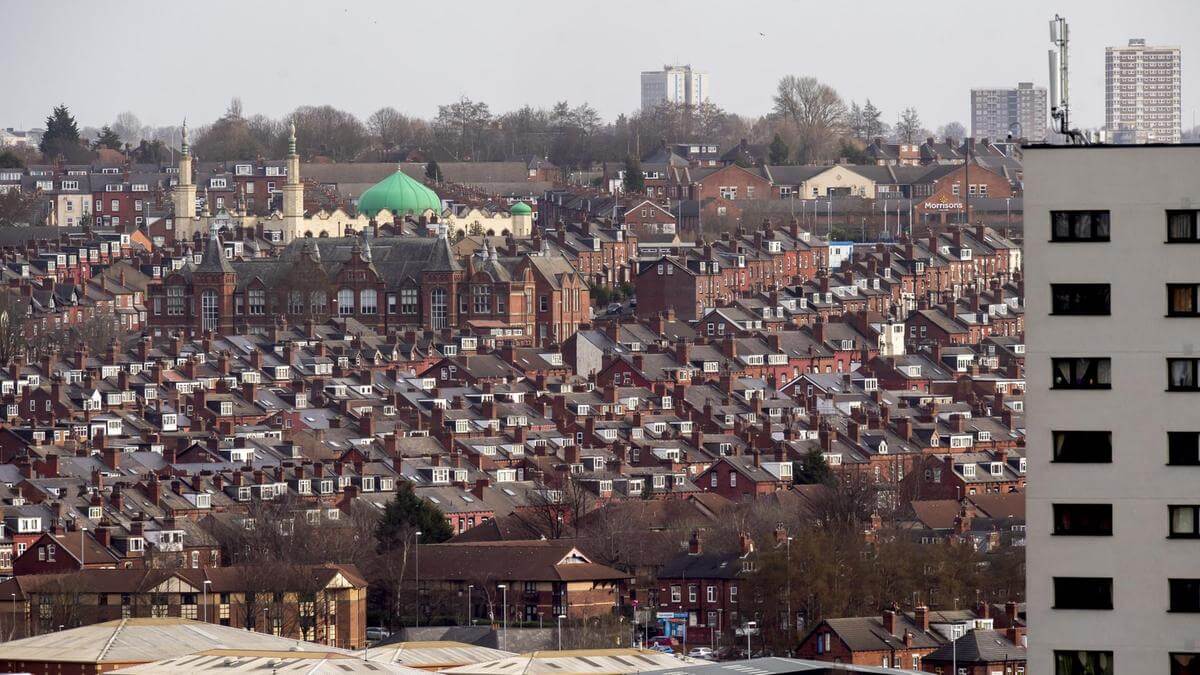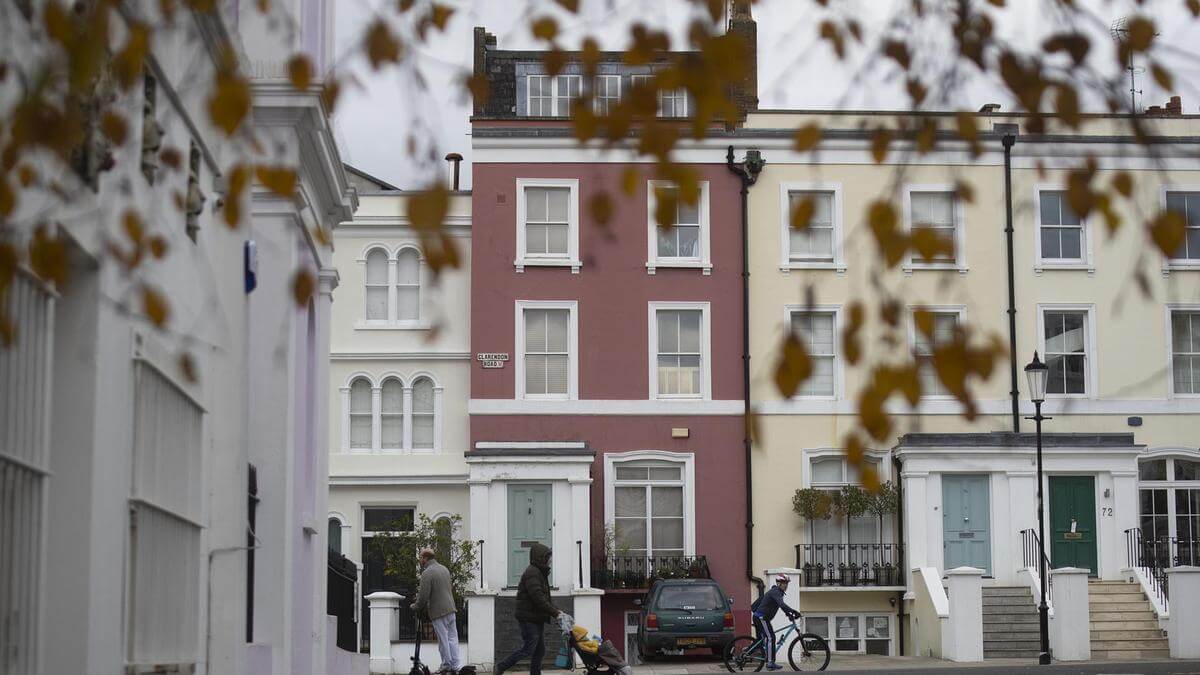By Alice Haine
Experts say rising tax rates make residential homes less attractive to wealthy foreign buyers.
When the UK applied a stamp duty surcharge to overseas property investors in April this year, tax advisors and property consultants were flooded with enquiries from concerned buyers.
The big question for many was whether the 2 per cent increase in stamp duty for non-resident buyers made investing in Britain’s residential property market worth while.
But for clients contacting the tax advisory arm of global company The Sovereign Group, there was an even bigger shock in store. As well as a rise in stamp duty costs on new purchases, their tax liability on existing homes was also far higher than they realised.
Overseas buyers purchasing a property in their own name are now subject to a stamp duty levy of up to 17 per cent on homes worth more than £1.5 million ($2.08 million), higher than the maximum 15 per cent rate payable by UK residents.
However, high net worth investors, who choose to invest through company structures to reduce their tax burden, now face charges of 17 per cent.
In addition, those who invested through offshore structures must consider a raft of other taxes on their property portfolios – from capital gains tax (CGT) if they sell, to an annual tax on enveloped dwellings (Ated), and inheritance tax (IHT) of 40 per cent if the owner dies.
These levies have all been applied by the UK government over the past decade to prevent overseas buyers from escaping their tax obligations.
“The tax charges are punitive now and it’s getting to a stage where the UK property market is slightly less attractive than it once was,” Laurence Lancaster, group head of tax at The Sovereign Group, which advises high net worth clients around the globe, told The National.
“We are seeing clients invest less in property and choosing other investments.”
Britain’s property market has long been attractive to overseas investors who enjoy the country’s secure legal system, cosmopolitan lifestyle and high-quality education. London is a particular draw for Gulf-based investors, who enjoy the city’s cooler temperatures during the summer months as well as the many parks and cultural attractions for families.
The super-wealthy spent more on luxury homes in London last year than in any other city in the world, according to April data from property consultancy Knight Frank, shelling out almost $4 billion on super-prime properties.
However, that figure could be even higher this year with UAE buyers now able to enter the country more easily after the Emirates was moved from the red list to amber last week. Before then, UAE residents were prevented from viewing homes because entry into the UK required a 10-day quarantine in an airport hotel on arrival.
Property agents and developers are expecting a surge in transactions as buyers jet in to view properties they have already shortlisted online.
But Mr Lancaster said some buyers may consider their purchases more carefully in light of the higher tax burden.
“It’s the taxes that have to be paid immediately, such as stamp duty and CGT, that have created the interest from clients,” Mr Lancaster said.
“But there are many clients who are non-UK domiciled and sitting on offshore companies with property they maybe bought in the 1990s or 1980s and they’re not aware that they’ve got this looming inheritance tax problem.”
The overhaul to the UK taxation system first started in 2012 when the government clamped down on non-UK domiciles buying residential properties through offshore structures – even where the property was for personal use – to avoid IHT and stamp duty.
A 15 per cent stamp duty charge was applied to high-value homes acquired by a company. Then a year later, in 2013, the government rolled out the annual tax on enveloped dwellings, again to prevent tax avoidance from those with complicated company structures.
“Originally, Ated applied to properties worth £2m or more. Then it was extended to properties worth half a million or more with different charges that get higher the higher the value of a property,” said Mr Lancaster.
In 2015, corporation tax of 19 per cent was applied to the company sale of residential property, while CGT was applied to all overseas investors for the first time.
A change in the law around IHT came in April 2017, with those holding homes in company structures to avoid the tax made subject to the full 40 per cent hit on their death.
“The problem with inheritance tax is that most clients don’t expect to die, so it is a tax that is kicked down the turf to a later date,” Mr Lancaster said.
“We did send out memos, gave tax advice and had solutions in place before 2017, but not all clients wanted to pay for the tax advice that was needed.”
The taxation changes were necessary, experts say, because the overseas structures allowed buyers to sell and transfer the shares in their companies without paying stamp duty or CGT.
“It was a sort of free-for-all, as far as non-dom investors were concerned, with copious amounts of tax avoidance,” Mr Lancaster said.
Camilla Dell, managing partner at Black Brick, which helps Middle East investors purchase property in the UK, said wealthy buyers expect to pay high levels of tax when buying in a leading global city.
“Whether you are buying property in New York, London, Hong Kong, Singapore or Sydney – there is significant tax and other additional costs, such as agency fees, to pay,” she said.
The cost of buying, holding and selling a property in London in 2021 is actually cheaper than 15 other global cities, according to data from property consultancy Savills, with Vancouver the most expensive option for investors, followed by Hong Kong in second place and Singapore in third.
Rising taxation has certainly not put off investors, said Sean Ellis, chairman of developer St William and St James, which has a number of new developments on offer in the new Nine Elms district of South London as well as Fulham.
At the company’s marketing suite for its Prince of Wales Drive development in Battersea, there has already been a slight increase in Middle East investors viewing homes, with many holidaying in Europe to get round the UK’s strict isolation requirements.
“In terms of owning a property in a world city, London is still relatively cheap. Yes it is expensive but in comparison to buying in Paris, Rome or Hong Kong or any of the world’s cities, it’s still relatively good value. The transaction costs are not as high as they are in other parts of the world,” Mr Ellis said.
He said the rise in stamp duty is the first time in his 30-year career he has seen a different tax regime applied to overseas buyers.
Interestingly, he said, the stamp duty holiday, which offered a saving of up to £15,000 on the first £500,000 of a purchase, created a surge in demand for luxury homes from overseas buyers.
“All our buyers wanted to save that money. I was surprised,” he said
Ms Dell says it is too early to tell if the latest stamp duty surcharge will hamper demand.
The rise has so far been offset by the stamp duty holiday, but the tax break now applies to only the first £250,000 of a purchase price and will disappear entirely on September 30
“My instinct is that the additional 2 per cent will be less of a concern to ultra high net worth buyers, but may cause pause for thought amongst lower value purchasers,” she said.
“I think most overseas buyers buying in London today are attracted by the fact that property prices in the capital are down 20 per cent since the peak of the market in 2014. Combine this fact with cheap borrowing rates, a weaker pound and good prospects for capital appreciation over the next five years of 20 per cent to 25 per cent forecasted, then an additional 2 per cent surcharge becomes more palatable.”
One tax her clients are “acutely aware of”, however, is IHT.
The regulatory change in 2017 that led to the 40 per cent tax also being applied to company structures meant that overseas investors could no longer get around the levy.
“Some people would like to refer to it as a loophole, but it’s not really a loophole, it was really just extending the tax net to attack these structures,” Mr Lancaster said.
However, Ms Dell said there are a number of legitimate ways to minimise IHT, such as borrowing on purchase, life insurance, trusts, and gifting before death.
“We always advise our clients to seek professional tax advice to plan for this. Since all the tax changes came in we see far less corporate structures being used when buying property. Most clients now buy in their own personal names,” she said.
Henry Faun, partner and head of Knight Frank’s Middle East private office, said while he urges his clients to consider taxation at the start of a property search, rising rates in the UK are “not a deterrent” yet.
“As opposed to being put off buying, we have seen our Middle East clients take a longer-term horizon,” he said.
“Perhaps they were looking to buy and own a family home in the UK for five years before. Now that’s got to be 10-plus years to make it worthwhile and ensure that stamp duty has been offset over a larger timeframe.”
Mr Faun said clients also increasingly buy in their own names, rather than through a company, and add several family names to the ownership of a property to offset Ased and IHT, while CGT is actually viewed as a positive because it indicates the asset has gained in value.
Another tactic to offset taxation is buyers choosing to buy several lower-priced units rather than a more expensive, larger unit, to reduce the stamp duty burden.
“If you purchase more than six residential units in a single transaction, that is considered for stamp duty purposes as a commercial transaction, so stamp duty drops from the higher levels of 17 per cent down to approximately 5 per cent or less,” Mr Faun said.
While Mr Lancaster fears the prime market may suffer if buyers switch to lower-priced properties or to another investment vehicle altogether, Mr Faun said the shift is actually heading in a different direction.
“Typically the type of conversation I have is ‘let’s not buy somewhere and incur the stamp duty, why don’t we rent instead’,” he said.
“It’s not about finding an alternative to buying in the UK, it’s usually a buying versus renting conversation.”




